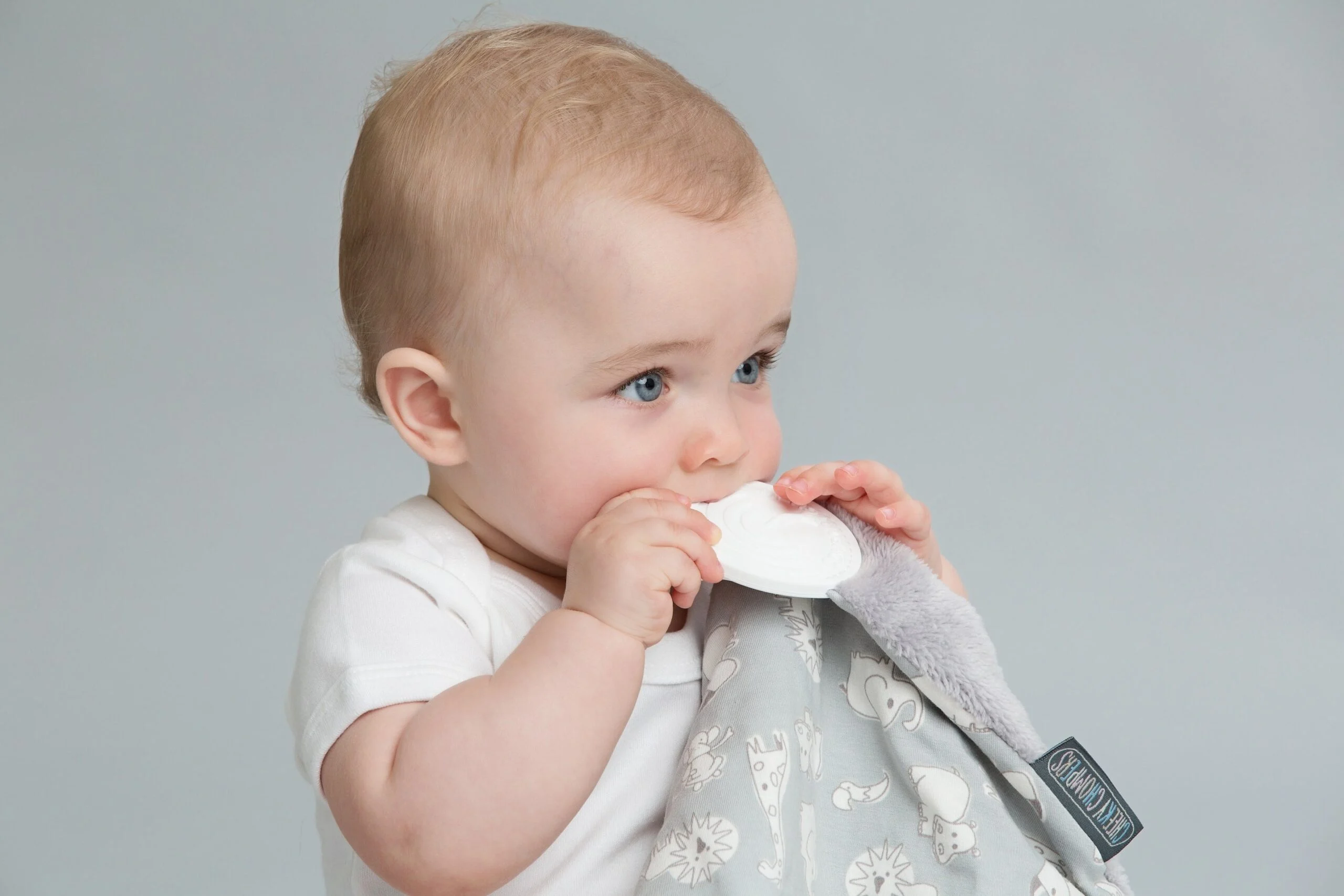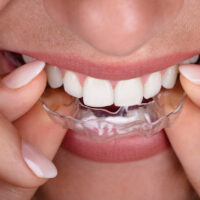Can teething cause diaper rash? Teething, a natural developmental milestone that typically begins around six months of age, can be a trying time for both parents and babies. During this period, babies and toddlers may display signs of irritability and discomfort, leading many to attribute common minor symptoms to teething. However, it’s essential to understand what teething entails and how it may impact your little one’s well-being.
What is Teething?
Teething is the process through which babies develop their first set of teeth, known as baby teeth or deciduous teeth. The American Academy of Pediatrics (AAP) explains that teething usually commences around six months of age and continues until about 30 months. Throughout this period, infants will sprout a total of 20 baby teeth.
Since significant growth and developmental changes occur during these 30 months, many symptoms that we commonly associate with teething are related to normal growth, passing illnesses, or ongoing development of the immune system. Therefore, it’s essential not to jump to conclusions and assume that every issue your child experiences is solely due to teething, including diaper rash.
Understanding Teething Symptoms
Teething is often accompanied by various symptoms, which may include:
- Sore and Red Gums: Your baby’s gums may appear swollen and red in the area where the tooth is coming through
- Flushed Cheek: One cheek may seem flushed or redder than usual
- Increased Drooling: Your baby might drool more than usual as they go through the teething process
- Gnawing and Chewing: Babies may show a tendency to gnaw and chew on objects to alleviate the discomfort caused by teething
- Fussiness: During teething, your baby might become more fretful and irritable
While these symptoms are associated with teething, it’s important to remember that they can also be linked to other factors like normal development or passing illnesses.
Teething and Diaper Rash: Can Teething Cause Diaper Rash?
Contrary to popular belief, teething does not directly cause diaper rash. Diaper rash is often the result of the skin of your baby coming into contact with stool and urine in their diaper. However, if your baby experiences teething-induced diarrhea, it may increase the likelihood of them developing diaper rash.
To protect your teething child from diaper rash, you can take certain precautions, such as:
- Prompt Diaper Changes: Ensure that you change your baby’s diapers as soon as possible after they have been soiled
- Barrier Cream: Apply a baby barrier cream, such as Bepanthen Nappy Rash Ointment, at each diaper change. This creates a protective layer on their skin, shielding it from the causes of diaper rash and promoting natural skin recovery
- Frequent Diaper Changes: Change your child’s diaper five to seven times a day and apply nappy cream each time. Additionally, let your baby go diaper-free during winding to allow air to reach their bottom
Easing Teething Discomfort
To help soothe your baby’s sore gums during the teething process, you can try the following:
- Chilled or Frozen Items: Offer your baby chilled or frozen objects to chew on, such as pacifiers, frozen fruits, or teething rings. The coldness can help alleviate gum discomfort
- Consult a Healthcare Professional: If your little one is experiencing significant discomfort during teething, consider seeking advice from your local healthcare professional regarding pain relief options
Final Words: Can Teething Cause Diaper Rash?
In conclusion, teething is a natural part of a baby’s development, and it typically starts around six months of age. While teething can lead to symptoms like red and sore gums, increased drooling, and fussiness, it’s crucial to remember that not all issues during this period are directly related to teething. Diaper rash, for instance, is not caused by teething but can be exacerbated if your baby experiences diarrhea due to teething. Parents can help their little ones navigate this milestone with greater comfort and care by understanding the teething process and taking necessary precautions.



